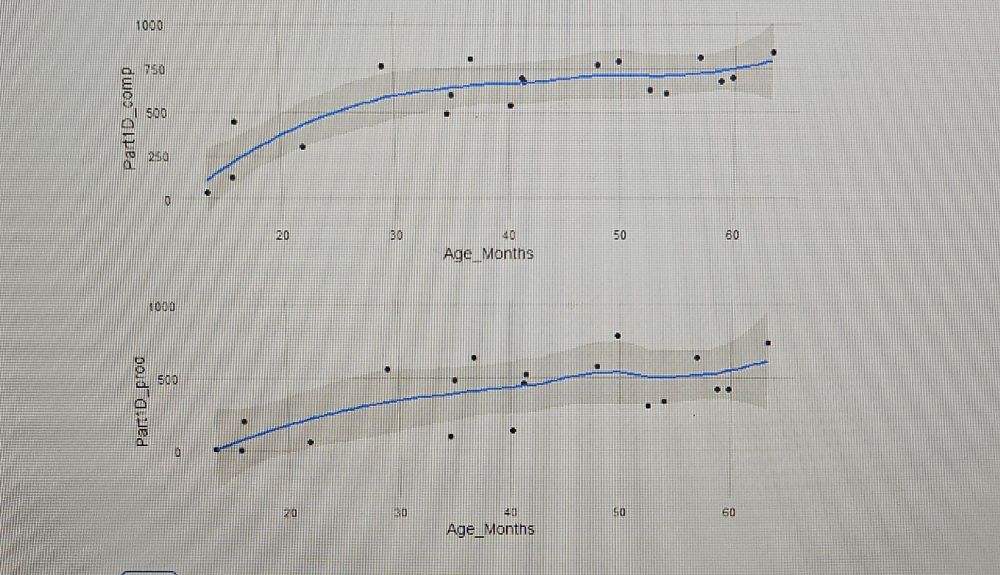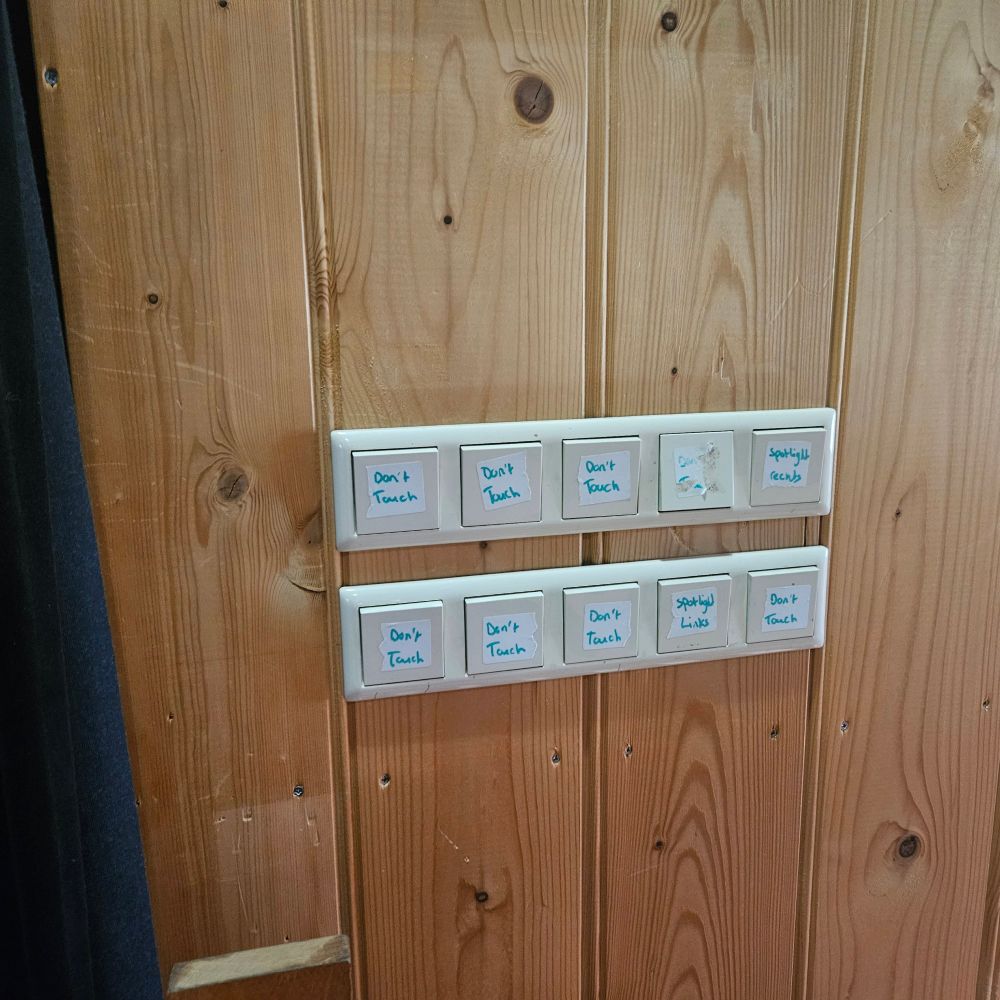




![Text from the box:
Box 2. Types of constraint on learning
All theories need to specify what constraints the learner brings to the task. Contemporary theories acknowledge that there is no such thing as an unconstrained learner, but that is the limit of the consensus. Broadly, following Elman et al. [4], we describe constraints in terms of a 2D structure: domain-general versus domain-specific constraints on one axis, and structural (architectural and chronotopic) versus representational (knowledge based) constraints on the other (Figure I).
Figure I shows dimensions of constraints: horizontal and vertical two headed arrows; the horizontal arrow leads to the text representational on the left and structural on the right. The vertical arrow leads to the text domain general at the top and domain specific at the bottom.](https://cdn.bsky.app/img/feed_thumbnail/plain/did:plc:iqz3cexpleulzmhlmugrputh/bafkreig4734mq4s7gwndo6h3ksf2r2ktxis64cdjueceglpt2gmhnjjzhm@jpeg)






1. Structure building learning mechanisms that create new linguistic representations by generalizing across individual percepts on the basis of common perceptual and functional features, and then storing the new representations in memory 3/

1. Structure building learning mechanisms that create new linguistic representations by generalizing across individual percepts on the basis of common perceptual and functional features, and then storing the new representations in memory 3/















